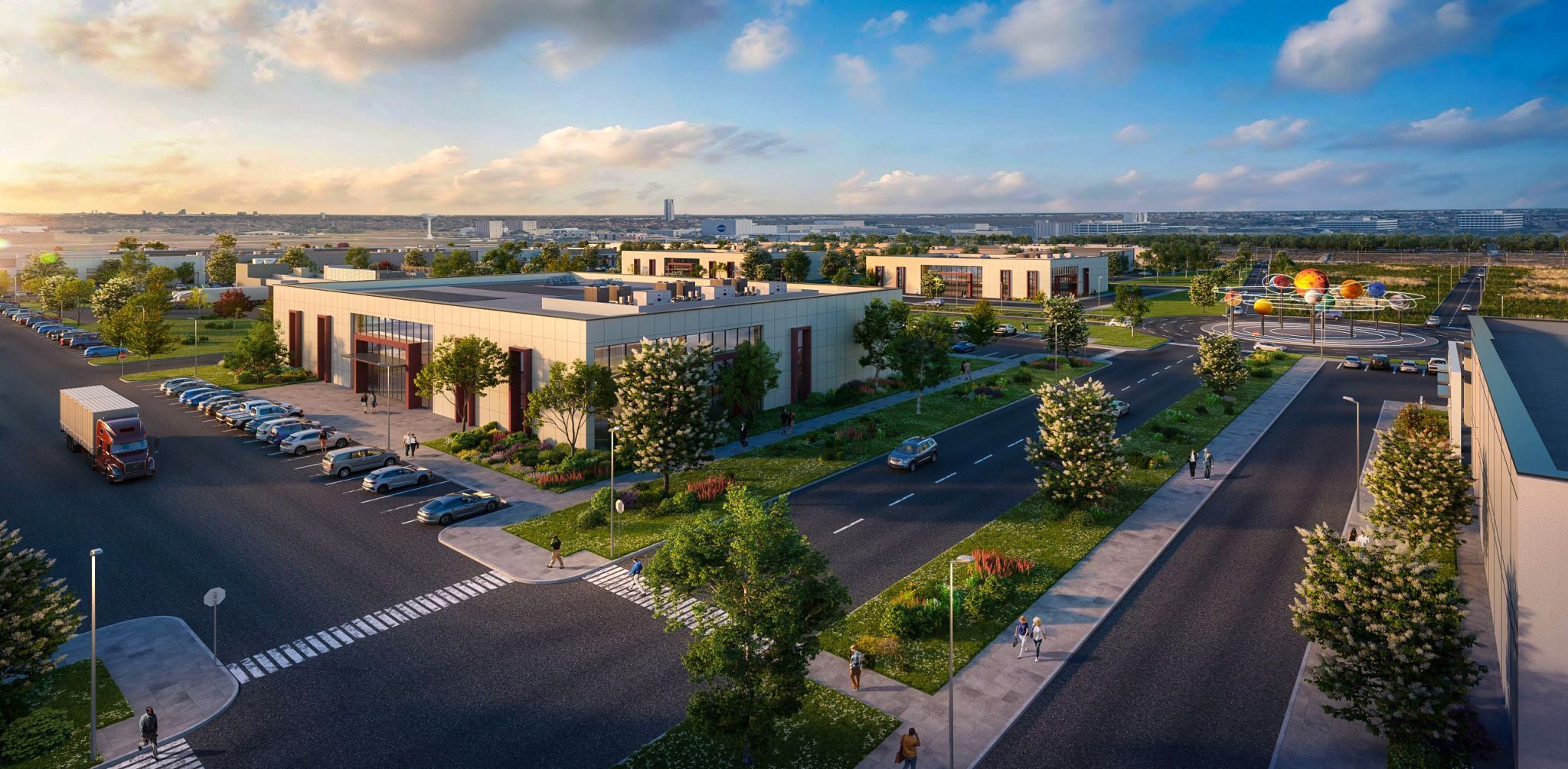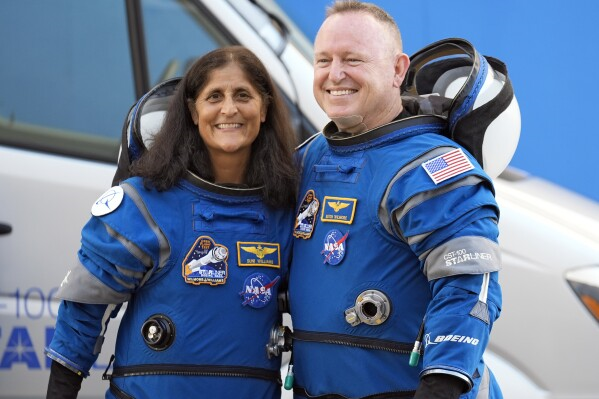Spaceport Looks to Propel Houston's Aerospace Future
Published Jun 10, 2019 by Javier Vargas
As Houston prepares to celebrate the 50th anniversary of the historic Apollo 11 mission this July, proponents of the local aerospace industry are eager to illustrate how the region continues to innovate in the arena, setting up the next generation of space exploration opportunities here in the Bayou City.
One example is the Houston Spaceport being established at Ellington Field on the south side of the city. Construction is slated to begin later this month on the first phase of infrastructure at the facility; completion of that $18.8 million initiative is expected in May 2020.
When fully realized, the spaceport could attract a variety of companies, from satellite developers to space vehicle manufacturers, advocates say. They point out that the Houston facility is unique because it’s in the heart of one of the nation’s largest cities, giving it access to talent and existing companies, not to mention proximity to NASA Johnson Space Center.
The Partnership had the opportunity to catch up with Arturo Machuca, General Manager of the Houston Spaceport on what this development means for the Houston region’s future as a leader in aerospace and innovation.
Can you describe your role at the Houston Spaceport and how that fits with the larger Houston Airport System?
I’m the General Manager of the Houston Spaceport. This facility is part of the department of aviation for the City of Houston (Houston Airport System) which is formed by Bush Airport, Hobby Airport and Ellington. The Houston Spaceport is collocated at Ellington Airport which is a joint use military and general aviation operation. Among our largest tenants we have NASA, Texas Air National Guard, and the U.S. Coast Guard.
Ellington Field has had a significant role in our nation’s aviation history. Can you talk a bit about its evolution?
Ellington Airport began operations in May of 1917. Our airport is one of the oldest airfields in the U.S. going back to times in which aviation operated under the U.S. Army. Ellington Airport has had a permanent and very important role in the training of aviators and professionals in all areas. In 1984 Ellington was part of the Base Realignment and Closure process. In the same year the City of Houston acquired the facility and has been operating it since then keeping a relevant military, civil and general aviation operation. In 2015 Ellington Airport was licensed under the Federal Aviation Administration-Office of Commercial Space Transportation as the 10th commercial spaceport in the U.S.
Spaceport Development is underway with significant milestones achieved thus far with great prospects ahead. Significantly, our vision and future remain connected to the training of professionals in aviation and aerospace. We are also focused in unmanned aviation systems, micro satellites among others.
How did the concept of the Houston Spaceport become a reality?
Houston Spaceport became a reality due to the vision and support we have received from the federal, state and local governments, as well as the Houston community. Couple that with first class existing infrastructure and the perfect geographic location and the license for the Spaceport was granted. We have plenty of work ahead as we continue to equip our spaceport with facilities which will ensure the relevance of the spaceport.
What sets the Houston Spaceport apart from other FAA-licensed spaceports across the nation?
Without a doubt placement of our spaceport in the middle of a vibrant city with world-class infrastructure and talent.
When finalized, how will the Houston Spaceport impact the aerospace industry in Houston?
The Houston Spaceport will be a vital facility that will enhance our city’s infrastructure giving us a good head start by pioneering the future landscape in other large metro areas. Houston will remain a relevant player in the aerospace industry and the Houston Spaceport’s plans will directly contribute to even greater economic success for our entire region.
The Partnership is leading a delegation to the Paris Air Show this month to commemorate Houston's role in the Apollo 11 mission and discuss the region's aerospace future. Participants include the Spaceport, Rice Space Institute, SpaceCom and Space Center Houston.
The Partnership is also hosting a NASA Tour and Panel Lunch event as part of its Regions and Neigbhorhoods program on June 19. Learn more about that event and sign up today.
 The Houston Report
The Houston Report




















